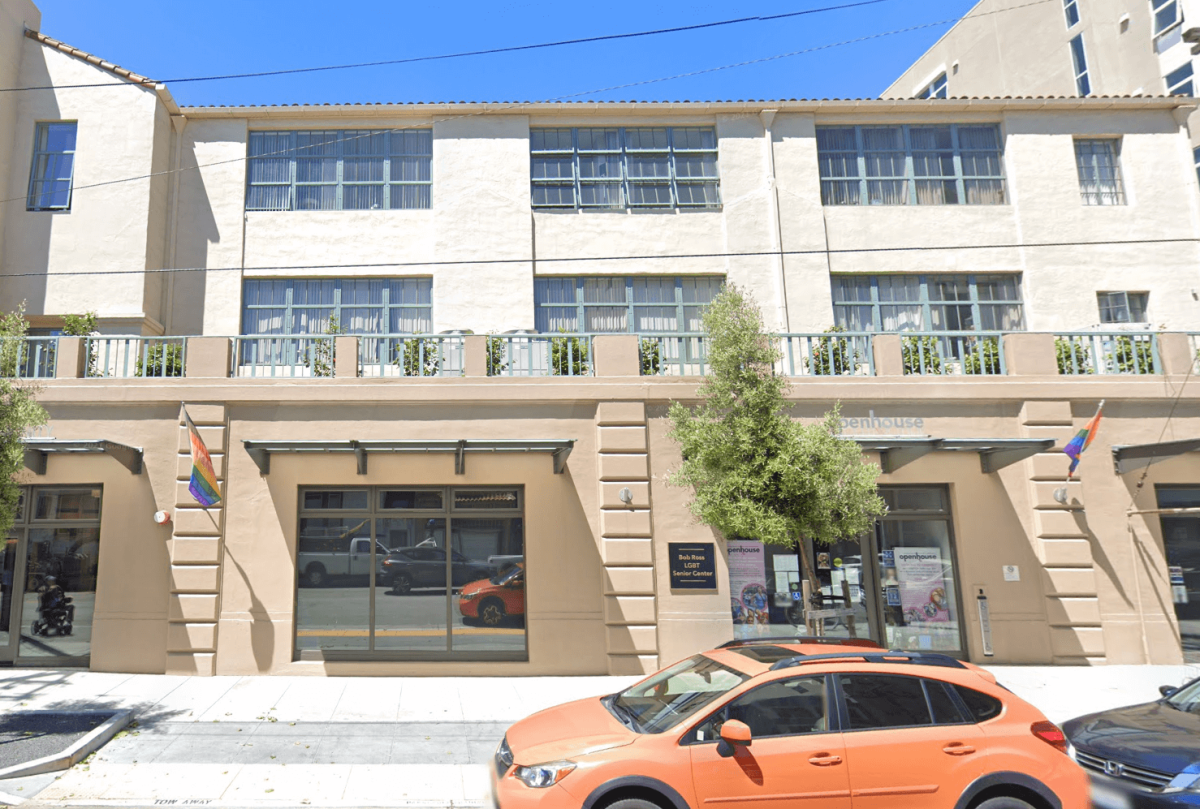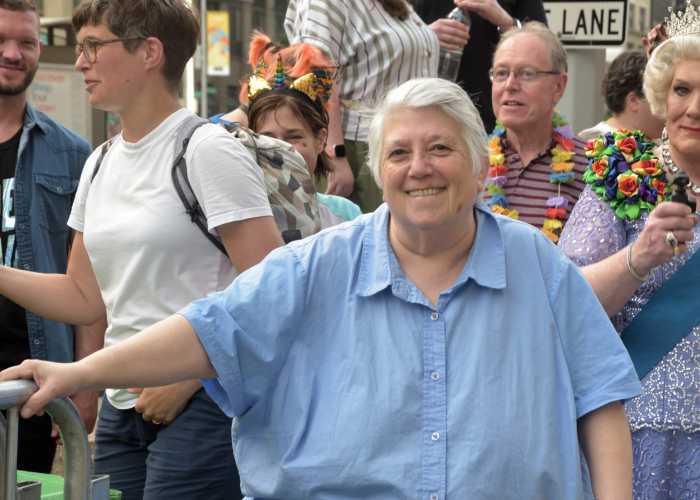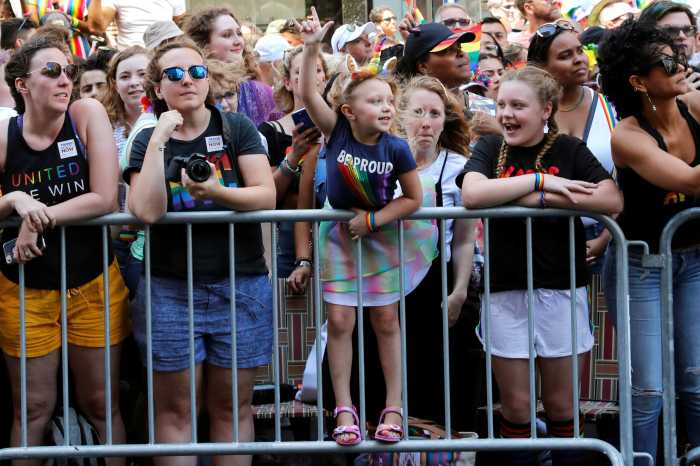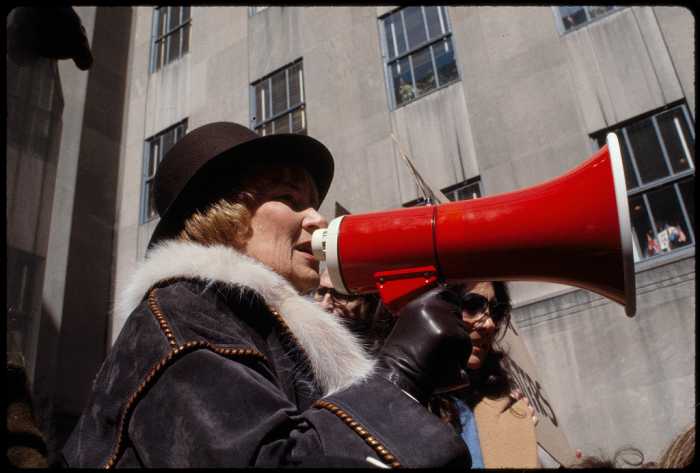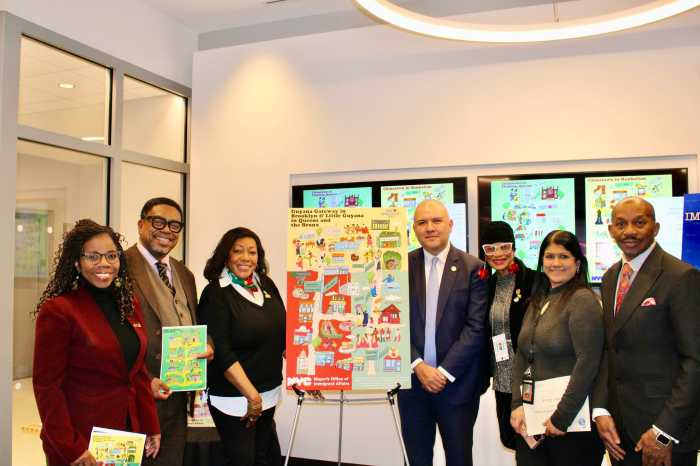“Tales of the City” author Armistead Maupin once said, “I personally would like to see drag queens walking around the halls of a senior community.”
Donna Villarreal, a transgender drag queen who goes by Donna Personna, is one of the drag artists roaming the hallways at Openhouse’s 55 Laguna and 95 Laguna that Maupin envisioned. She feels fortunate that she has been able to stay in San Francisco at the low-income LGTBQ-welcoming senior housing. Otherwise, the 75-year-old Latinx activist said she would have moved to Mexico City, where her family originated.
According to SAGE, which is a national non-profit organization serving LGBTQ seniors, the number of queer people 50 years of age or older is anticipated to grow to an estimated seven million by 2030. The demand for queer-welcoming housing and culturally sensitive services will continue to grow as more LGBTQ people age.
LGBTQ retirement homes and long-term care facilities have been a vision since the mid-1990s. During the last 27 years, independent housing developers as well as cities, non-profit housing developers, and LGBTQ communities themselves have transformed the vision into reality across the United States and beyond. The result has given graying LGBTQ people options for their golden years.
Urban Retirement
Many cities are developing low-income options for mature LGBTQ people, allowing them to remain in the cities they call home. Chicago, New York, Los Angeles, and San Francisco have robust LGBTQ communities, art and culture (theater, museums, opera, and other entertainment), aging and HIV/AIDS services, and more, but they also have high costs of living that make it challenging for queer seniors.
However, LGBTQ senior advocacy organizations are finding ways to keep queer seniors in their cities building housing and providing services.
San Francisco’s Openhouse has opened 119 low-income studio and 2-bedroom apartments at the Laguna buildings and more apartments are coming. Openhouse will soon break ground on phase three of its LGBTQ-welcoming housing developments, Openhouse Executive Director Kathleen Sullivan said.
Last year, SAGE opened an LGBTQ-friendly senior housing building, the Crotona Senior Residences (83 units), in the Bronx. Previously, SAGE opened another LGBTQ-friendly senior housing residence at Stonewall House (145 units) in Brooklyn in 2019.
The story is similar at Chicago’s Town Hall apartments, Philadelphia’s John C. Anderson Apartments, and Los Angeles’s Triangle Square and the city’s LGBT Center’s new affordable housing for LGBTQ seniors which opened last year.
Most of these organizations also offer LGBTQ cultural training programs for housing and long-term care facilities to expand LGBTQ-welcoming living and care opportunities.
Resort Retirement
Some older LGBTQ adults dream of escaping busy city life. Living in a resort-style retirement community is their dream. Several retirement communities and long-term care facilities provide that sense of a forever vacation.
Tampa Bay’s Palms Of Manasota, possibly America’s first purposely planned LGBTQ retirement community, still exists nearly three decades later. Of the 21 original single-family homes owned by LGBTQ retirees, 15 remain queer-owned, Fred Hodges, a 71-year-old gay man, told Gay City News. Hodges and his late husband bought the house he lives in today in the tight-knit rainbow community in 2002.
The LGBTQ retirees there take care of each other. Senior services are available through the county as well as private elder care services.
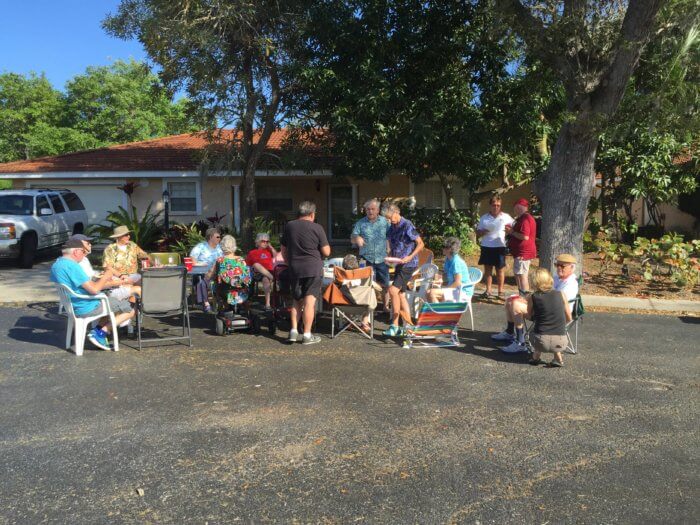
Stonewall Gardens, in Palm Springs, California, is an assisted living facility caring specifically for LGBTQ retirees. It has 24 luxury bungalow-style apartments with patios and outdoor spaces and the facility provides 24/7 health and wellness care with nurses on-site and chef-prepared gourmet meals. it is also pet-friendly.
LGBTQ retirees found paradise in California’s wine country at Fountaingrove Lodge. The Rainbow Flag flies proudly above the entrance of the modernized craftsman-style building, which boasts 148 units in a luxury retirement community in Sonoma County. Twenty percent of the units are set aside for affordable housing. The retirement community provides resort-style amenities and allows for independent living and care for every stage of aging.
Located in the “High Country” of the Blue Ridge Mountains on 165-acres in a gated community, Carefree Cove is truly carefree for independently living LGBTQ retirees in North Carolina. LGBTQ retirees live in 29 log cabins on 78 lots with space to welcome new residents. The vacation destination offers a variety of outdoor activities on and off the property as well as local events, restaurants, breweries, and more. No additional services are provided or allowed at the residences.
International Retirement
All of the top 10 best places to retire in 2022, from Europe to Latin America, are in LGBTQ-friendly countries, according to InternationalLiving.com’s annual 2022 Annual Global Retirement Index published last month.
“You couldn’t drag me to go back to the United States now,” said retired dentist David Hudnall, 61, who moved from North Carolina to Mexico’s Lake Chapala in 2019 with his husband, Roy Haynes, a 58-year-old retired visual manager for department store displays.
The couple chose to go abroad due to the United States’ high cost of living and the lack of quality health care. They love Mexico and have found a new life in the expat and local communities and their church.
Husbands Jason Chan, 40, and Louis DeTulleo, Ph.D., 49, also can’t foresee their future in the US. They bought an apartment in Lisbon in October 2021 and registered with Portugal’s golden visa program.
“It just seems more and more difficult to imagine us living [in the US] as we get older,” Chan said, citing similar concerns as Hudnall. “When we were [in Portugal] in August, we were like, ‘Alright, let’s pull the trigger. Let’s do it!’”
Chan said Lisbon ticked off all their boxes, from LGBTQ-friendliness to high-quality health care, “in terms of what we’re hoping for in terms of our future.”

